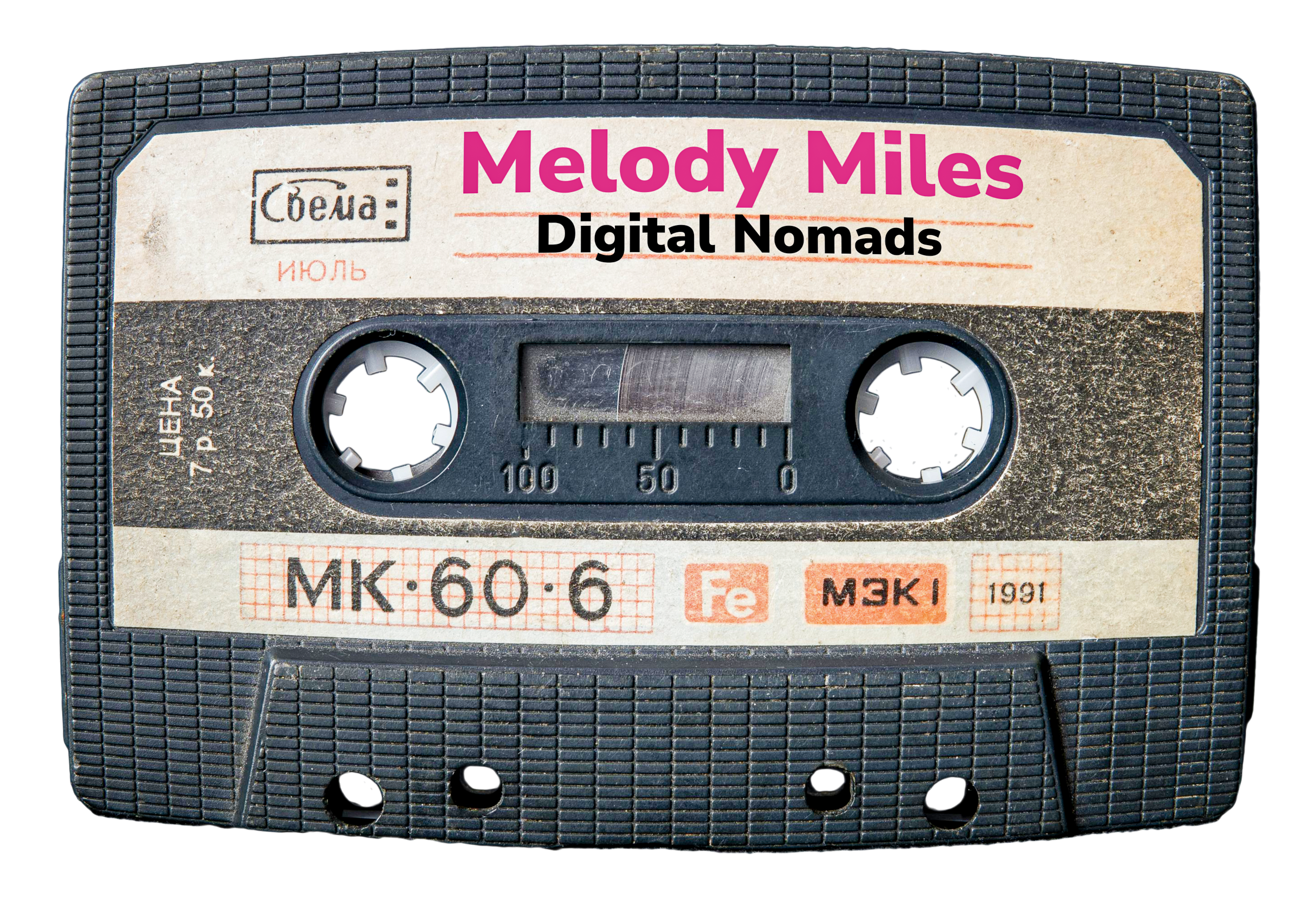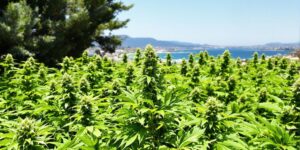Weed in Manila is a topic that’s been stirring up conversations lately. From legal debates to its growing presence in pop culture, the subject is hard to ignore. Whether you’re curious about the laws, the shifting attitudes, or the economic opportunities tied to cannabis, there’s plenty to unpack. This article dives into the current state of weed in Manila as of 2025, touching on everything from policy changes to emerging trends.
Key Takeaways
- The legal status of weed in Manila remains strict, but discussions about reforms are gaining traction.
- Cultural views on cannabis are evolving, with younger generations showing more acceptance.
- Innovative cannabis products and consumption methods are shaping new trends among users.
- The cannabis industry could potentially boost local businesses and tourism in the future.
- Health campaigns are addressing the risks, while medical cannabis continues to gain recognition for its benefits.
Legal Framework Surrounding Weed in Manila

Current Laws and Penalties
In Manila, the legal stance on cannabis remains strict and unforgiving. Marijuana is illegal in the Philippines, covering all forms of use—whether recreational or medical. Violators face severe penalties, including long prison sentences and hefty fines. Possession of even a small amount can lead to years in jail, while trafficking carries even harsher consequences, sometimes including life imprisonment. The government’s zero-tolerance policy reflects its broader war on drugs, which has been a defining feature of local law enforcement.
Recent Legislative Changes
While the laws remain stringent, there have been whispers of change. Over the past few years, some lawmakers have proposed bills to legalize medical cannabis, citing its potential health benefits. However, these proposals often stall in Congress due to strong opposition from conservative groups. As of 2025, no significant legislative reforms have been passed, keeping the legal landscape largely unchanged. The debate, however, continues to gain traction, especially among younger generations and advocacy groups.
International Influence on Local Policies
The Philippines’ cannabis policies are also shaped by international pressures. Neighboring countries with progressive cannabis laws, such as Thailand, have sparked discussions about potential reforms. Meanwhile, international treaties and agreements, like the United Nations’ drug control conventions, reinforce the government’s hardline stance. The global shift toward cannabis legalization, however, is slowly challenging these rigid frameworks, raising questions about whether Manila will eventually follow suit.
Despite the growing global acceptance of cannabis, Manila remains one of the strictest cities when it comes to marijuana laws, reflecting the country’s deeply ingrained conservative values.
For more information on the current legal status of marijuana, see Marijuana is illegal in the Philippines.
Cultural Perceptions of Weed in Manila
Historical Attitudes Toward Cannabis
For decades, cannabis in Manila has carried a heavy stigma, often tied to moral and legal taboos. In the past, it was largely viewed as a dangerous substance, with its use associated with criminal activities. These perceptions were deeply influenced by colonial-era policies and religious teachings, which shaped the public’s distrust of the plant.
Modern-Day Acceptance and Stigma
Today, the conversation around cannabis is shifting, though not without resistance. Younger generations, in particular, are more open to discussing its potential benefits—especially for medical use. However, stigma still lingers, especially among older Filipinos who continue to see it as a harmful drug. Social media has played a big role in normalizing these discussions, but the divide between acceptance and disapproval remains stark.
Role of Media in Shaping Opinions
Media has been a double-edged sword in shaping how cannabis is perceived. On one hand, local news outlets often highlight arrests and the "dangers" of drug use, reinforcing negative stereotypes. On the other hand, international documentaries and online platforms are introducing Filipinos to the growing global acceptance of cannabis, sparking curiosity and debate.
Trends in Weed Consumption in Manila
Popular Cannabis Products
In Manila, cannabis users are gravitating toward a variety of products, each catering to different preferences and lifestyles. Edibles, such as brownies and gummies, are becoming increasingly popular due to their discreet nature and long-lasting effects. Meanwhile, pre-rolled joints remain a staple for traditional users who prefer simplicity. Another emerging favorite is cannabis oil, which is often used in vape pens or added to food and beverages for a customizable experience.
Demographics of Cannabis Users
The demographics of cannabis users in Manila have shifted in recent years. While the younger generation, particularly those aged 18-35, still forms the bulk of the user base, there’s been noticeable growth among older adults exploring cannabis for medical purposes. Interestingly, professionals in their 30s and 40s are also turning to cannabis as a way to unwind, citing it as a less harmful alternative to alcohol.
| Age Group | Percentage of Users |
|---|---|
| 18-25 | 35% |
| 26-35 | 30% |
| 36-50 | 20% |
| 51 and above | 15% |
Emerging Consumption Methods
Consumption methods are evolving rapidly. Vaping, for instance, is gaining traction among younger users who appreciate its portability and reduced odor compared to smoking. Cannabis-infused beverages are also hitting the market, offering a social and refreshing way to consume cannabis without the need for smoking or eating. Lastly, microdosing—taking small amounts to experience subtle effects—is becoming a trend among those looking for therapeutic benefits without full intoxication.
The cannabis scene in Manila is evolving fast, reflecting both global trends and local cultural shifts. From new products to shifting demographics, it’s clear that weed consumption is no longer a one-size-fits-all experience.
Economic Impact of Weed in Manila

Cannabis-Related Businesses
The potential legalization of cannabis in the Philippines could spark a boom in local businesses. From dispensaries to cultivation farms, the industry would likely create a variety of new jobs. Experts predict that cannabis-related enterprises could become a multi-billion peso sector within a few years. Additionally, ancillary businesses such as packaging, security, and technology services would also benefit. Entrepreneurs are already eyeing opportunities for innovation in this space, including eco-friendly cultivation methods and locally branded products.
Tourism and Cannabis Culture
Manila could see a surge in tourism if cannabis is legalized. Many countries have demonstrated that cannabis tourism can be a significant draw. Visitors might flock to the city for cannabis-themed tours, cafes, and festivals. Imagine Manila becoming a hub for cannabis culture in Southeast Asia, offering unique experiences for both locals and international tourists. This cultural shift could also boost hospitality sectors like hotels, restaurants, and transportation.
Potential for Tax Revenue
One of the most discussed benefits of cannabis legalization is the potential for tax revenue. If properly regulated, the government could collect billions in taxes annually. A tiered tax structure, based on THC content or product type, could ensure fairness while maximizing revenue. These funds could be allocated to public health initiatives, education, or infrastructure projects, addressing critical areas of need in the country.
The cannabis industry in Manila holds the promise of transforming not just local economies but also societal perspectives on what was once a taboo subject.
Health and Safety Concerns Related to Weed
Public Health Campaigns
Public health campaigns in Manila are starting to address the growing use of cannabis, but there’s still a lot of ground to cover. These campaigns aim to educate people about the potential risks of cannabis use, especially among younger demographics. The focus is on promoting responsible consumption and ensuring the public is aware of both the benefits and dangers associated with cannabis. Some initiatives include:
- Workshops in schools and universities to inform students about cannabis effects.
- Community outreach programs targeting parents and guardians.
- Distribution of informational materials in clinics and health centers.
Risks of Unregulated Products
One of the biggest concerns is the prevalence of unregulated cannabis products. Without proper oversight, users risk exposure to harmful additives or contaminants. This can lead to serious health issues, including respiratory problems and poisoning. Here’s a quick look at the risks:
| Risk | Explanation |
|---|---|
| Contaminants | Mold, pesticides, or heavy metals in products |
| Mislabeling | THC and CBD levels often inaccurately listed |
| Synthetic Additives | Harmful chemicals added to mimic effects |
The lack of regulation also makes it harder to ensure product consistency, which can be dangerous for medical users relying on specific dosages.
Medical Cannabis and Its Benefits
On the flip side, medical cannabis has shown promise in treating various conditions, from chronic pain to epilepsy. Patients in Manila have started advocating for more accessible medical cannabis options, citing its effectiveness where traditional medicine has failed. While there’s still some stigma, medical use is gradually gaining acceptance, especially among those with firsthand experience of its benefits.
The challenge lies in balancing accessibility for those in need with the need to regulate and monitor cannabis products to ensure safety for all users.
The Future of Weed in Manila
Predicted Legal Reforms
The conversation around cannabis laws in Manila is heating up. Experts predict that within the next few years, we could see significant shifts in the legal framework. Some lawmakers are already advocating for changes, particularly around medical cannabis. For instance, Sen. Robin Padilla has pointed out the potential benefits of cannabis for medical use, sparking further discussions in the Senate. While full legalization might still be a long way off, decriminalization or expanded medical access could be on the horizon.
Growing Advocacy Movements
Grassroots movements supporting cannabis reform are becoming more visible. These groups are pushing for better education on cannabis, highlighting its medicinal and economic possibilities. Their efforts include hosting public forums, lobbying government officials, and even organizing awareness campaigns. This growing advocacy is slowly changing public opinion and putting pressure on policymakers to act.
Technological Innovations in Cannabis
The cannabis industry in Manila is also looking toward technology to modernize. Innovations like hydroponic growing systems and advanced extraction techniques are gaining traction. These methods not only improve the quality of cannabis products but also make them safer for consumers. As technology continues to evolve, it could play a major role in shaping the future of cannabis cultivation and distribution in the city.
The road ahead for weed in Manila is uncertain, but one thing is clear: conversations are happening, and change is brewing.
Wrapping It Up
So, that’s where things stand with weed in Manila as of 2025. The laws are still strict, but the culture around it is shifting bit by bit. People are talking about it more openly, and you can see trends popping up here and there, especially among younger folks. It’s a mix of curiosity, rebellion, and maybe even hope for change. Whether you’re for it or against it, it’s clear that the conversation isn’t going away anytime soon. It’ll be interesting to see how things evolve in the next few years.
Frequently Asked Questions
What are the current laws about weed in Manila?
In Manila, weed is still considered illegal. Possessing, selling, or using it can lead to serious penalties, including jail time and fines.
Has there been any recent change in weed laws in the Philippines?
Yes, there have been discussions about legalizing medical cannabis, but recreational use remains prohibited.
How does Filipino culture view cannabis?
Cannabis has traditionally been stigmatized, but younger generations are starting to view it more openly, especially for its potential medical benefits.
What kinds of cannabis products are popular in Manila?
Edibles, oils, and traditional dried flowers are becoming more known, though access is limited due to strict laws.
Are there health risks with unregulated weed products?
Yes, unregulated cannabis can contain harmful substances, making it risky for users.
What is the future of cannabis in Manila?
Advocates are pushing for medical legalization, and there’s a growing interest in its economic and health benefits. However, big changes might take time.



